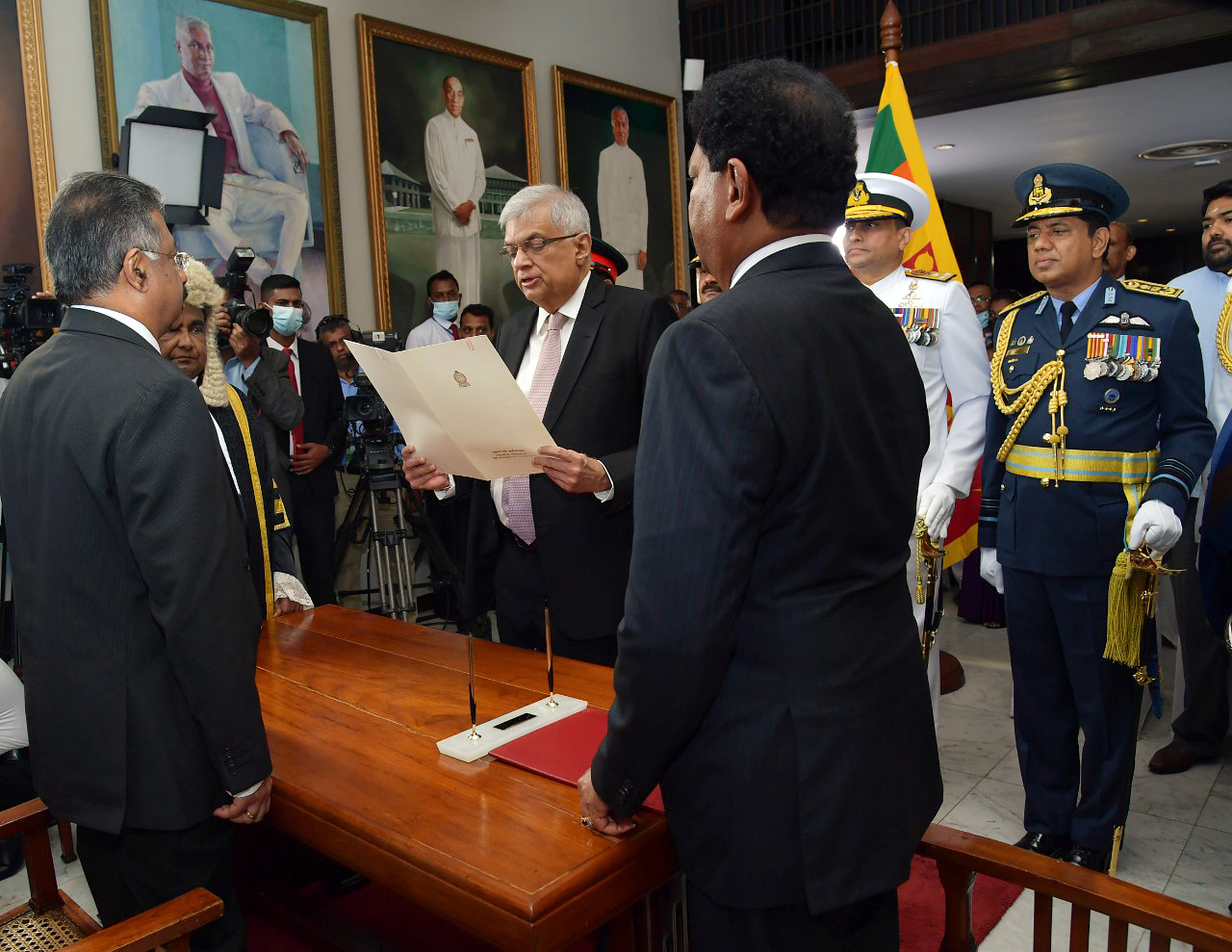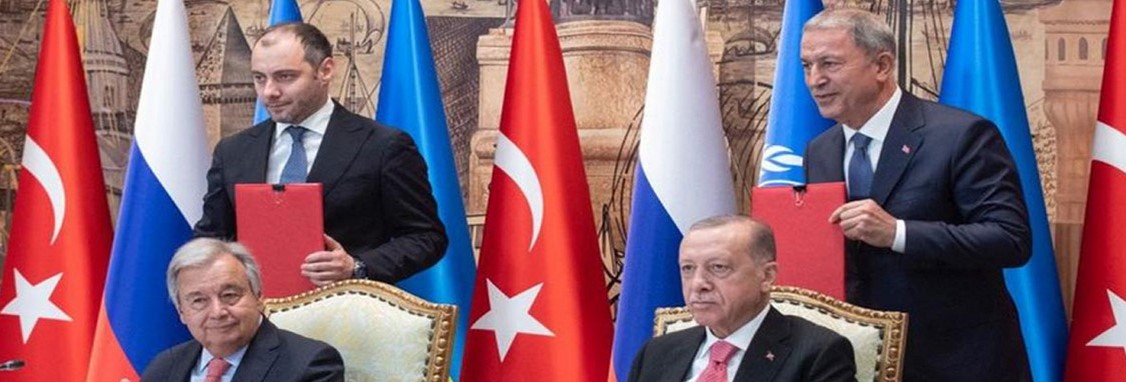Jagannath P. Panda
Supply chain management has been a subject of extensive study over the past decade, especially with the rise of China as a manufacturing powerhouse and the global supply chains becoming increasingly China-centric. This, coupled with China’s increasingly revisionist and authoritarian behaviour in the region, has highlighted the vulnerabilities resulting from dependence on a single source for manufacturing. COVID-19 has served as a reveille and showed that extensive dependency on China vis-à-vis supply chains is not limited to smaller nations but also major global powers such as the United States (US), India, Japan, Australia, South Korea, and others. This realisation has advanced an immediate focus on the idea of “China Plus One” in the global supply chain (GSC) network, especially as complete decoupling from China remains an unlikely scenario.
Simply put, the “China Plus One” strategy aims at expanding and diversifying the GSCs by developing additional manufacturing sites outside China. The past decade has witnessed deliberations and gradual implementation of this strategy by countries; however, the COVID-19 pandemic has prompted greater execution by nations, both individually and regionally via multilateral platforms. For instance, Japan is one of the first major economies that offered subsidies to its companies to move production out of China into neighbouring Southeast Asian states, amidst the pandemic. Similarly, the Supply Chain Resilience Initiative (SCRI) by the India–Japan–Australia trilateral, which seeks to de-risk supply chains and create a sustainable GSC network, has marked a shift in policy towards collective bids at implementing a “China Plus One” outlook.
Despite challenges, consensus on the need to diversify from China has emerged strongly amongst powers like India, Japan, Australia, the US, the UK and some EU states. However, the degree of diversification varies. For instance, for the EU and the US, the top 10 goods by volume imported from China are similar. In the case of the US, trade redirection because of the additional tariffs Washington has imposed on Chinese items is critical in deciding the diversion of trade. Moreover, US companies were already diversifying in the wake of the US–China trade war, as firms reduced purchases from China and started buying more from the rest of the world, notably India, Taiwan, Malaysia, South Korea and Vietnam, where a production footprint already existed.
Concurrently, for India, there exists an immense opportunity to emerge as a winner in the “China Plus One” diversification trend. Though not as much as Southeast Asia, India has already witnessed modest benefits from the trade diversification in machinery and consumer goods (such as toys and furniture) amid the US–China trade war.
Indian government has initiated a wide range of projects across various sectors to support manufacturing in the country, with “Make in India”, “Digital India” and “Aatmanirbhar Bharat” (self-reliant India) leading the way. Still, competition from Southeast Asian states like Vietnam and India’s rather low ease-of-doing-business rankings are challenges New Delhi must surf through first. In addition, India’s somewhat inward-focused financial policies do not serve well in gaining an edge over its competitors. India’s average import duties have also significantly increased over the last few years.
With China’s weakening global position, India is set to accelerate its own strategies to attract foreign investments, expand economic growth, and pose a challenge to China in sectors like telecom and technology, auto, cellular, tech, pharmaceutical ingredients and textiles. Initiatives such as the SCRI can provide India with an additional crucial avenue to further bolster its ties with like-minded strategic partners, which can help realise its regional/global economic goals and enhance its position in the region.
The “China Plus One” strategy finds in SCRI a democratic, rules-based and transparent partner, led by three of the most important Indo-Pacific powers. Through Japan’s Expanded Partnership for Quality Infrastructure (EPQI); India’s Sagarmala (to enhance the logistics sector), Bharatmala (for roads and highways), and the Indo-Pacific Oceans Initiative (IPOI) for maritime security and stability; the US’ BDN and Free and Open Indo-Pacific (FOIP) strategy; and Australia’s Pacific Step-up to provide support to Pacific-island countries, the SCRI members could mark synergy between a “China Plus One” implementation regionally as well as multilaterally. EU’s “Asia connectivity” strategy and the Master Plan on ASEAN Connectivity (MPAC) 2025 could be potential areas for collaboration.
Jagannath P. Panda is Research Fellow at Manohar Parrikar Institute for Defence Studies and Analyses, New Delhi
Views expressed are of the author and do not necessarily reflect the views of the Manohar Parrikar IDSA or of the Government of India
This is the abridged version of the article which appeared first in the Comment section of the website (www.idsa.in) of Manohar Parrikar Institute for Defense Studies and Analyses, New Delhi on July 28, 2021


























